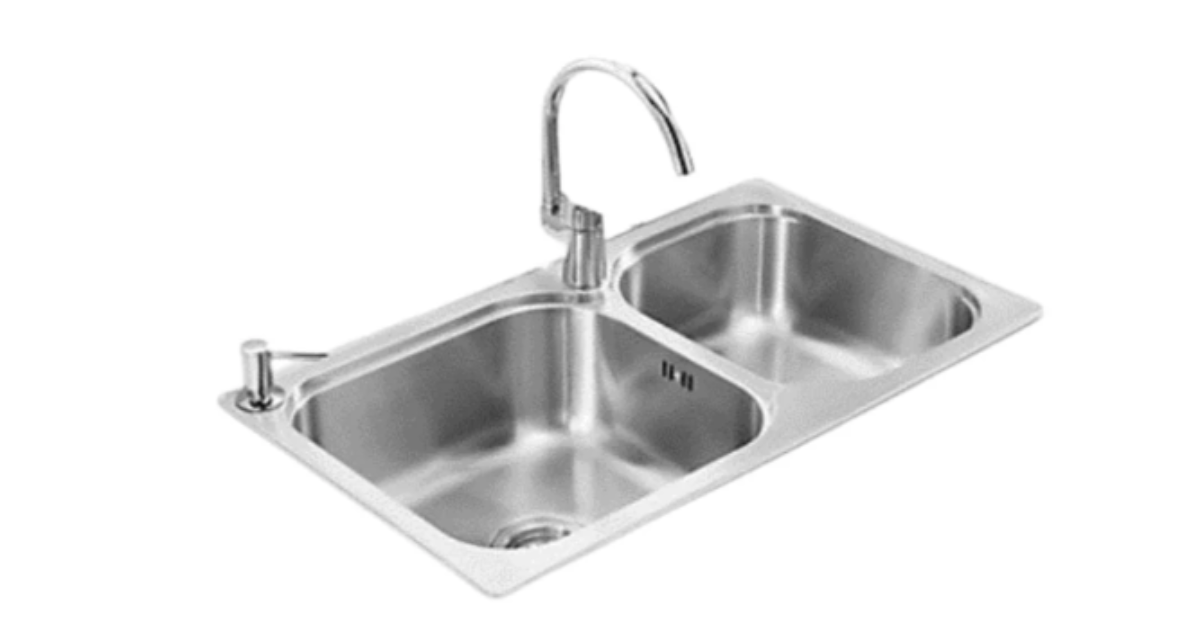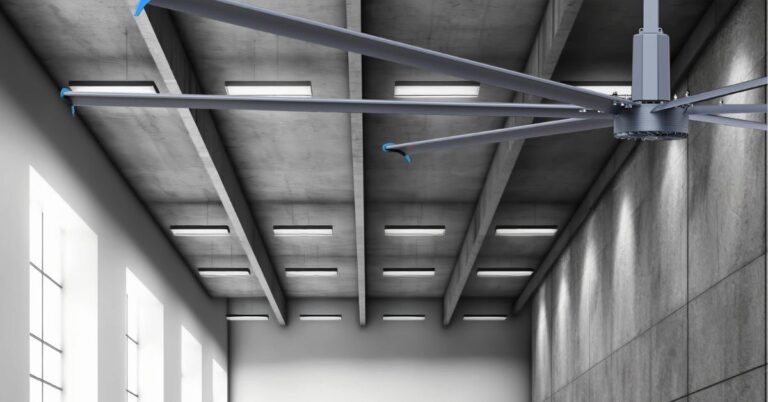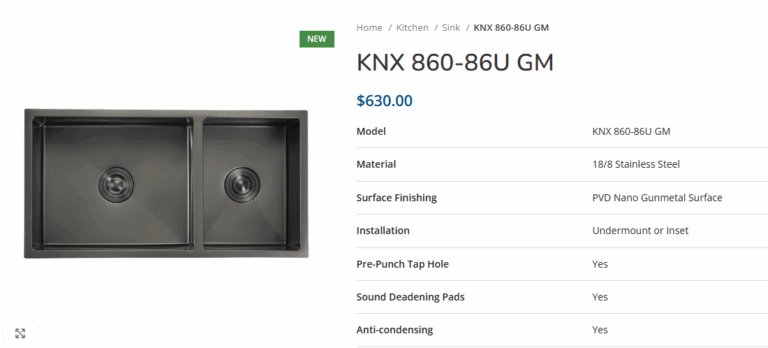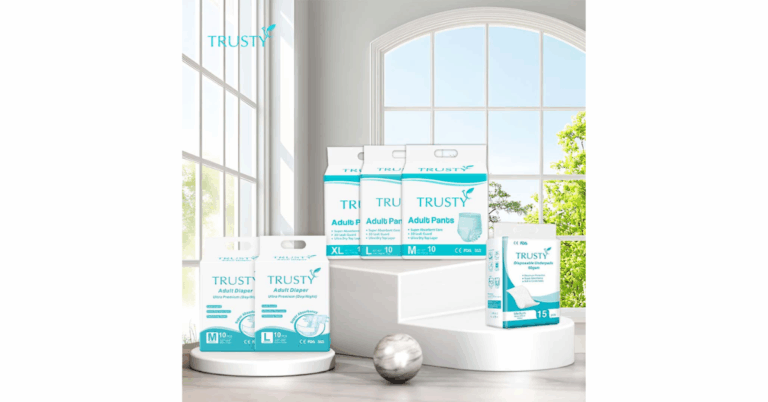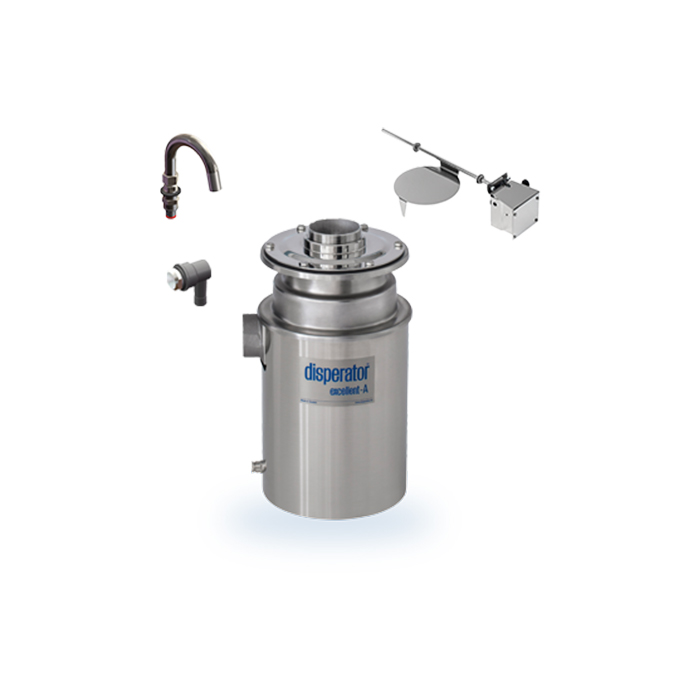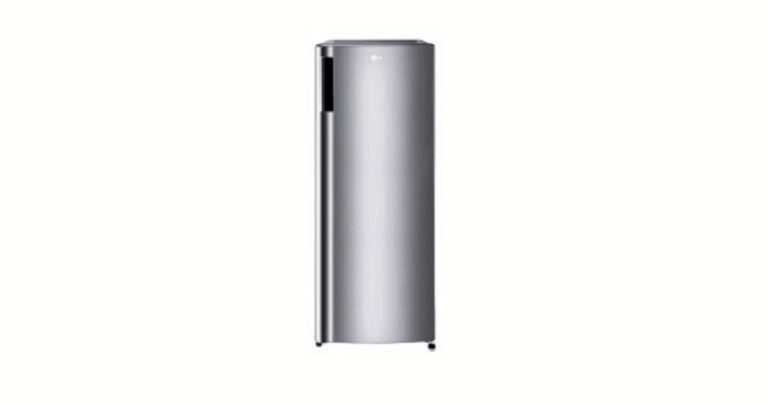Choosing the Right Sink: A Comprehensive Guide for Your Kitchen
A Sink is more than just a functional fixture in your kitchen it’s the workhorse that supports everything from meal prep to cleanup. Whether you’re rinsing vegetables, soaking pots, or filling up water containers, the sink sees constant use. Because of this, selecting the right sink is crucial not only for practicality, but also for aesthetics, hygiene, and long-term durability. In this article, we’ll walk you through the various types of kitchen sinks, material options, sink configurations, installation styles, maintenance tips, and how to choose a sink that complements your kitchen design. By the end, you’ll have a clearer understanding of how to pick the sink that best fits your lifestyle.
1. Why the Sink Choice Matters
While cabinets and countertops often get the spotlight in kitchen design, the sink is one of the most utilized elements. A poorly chosen sink can lead to poor water drainage, excessive splash, difficulty cleaning, or incompatibility with fixtures and accessories. Conversely, a well-chosen sink can elevate both the functionality and visual appeal of the kitchen, making everyday tasks smoother and more enjoyable.
2. Types of Kitchen Sinks (By Bowl Configuration)
Single-Bowl
A single-bowl sink consists of one spacious basin. It is ideal when you want maximum uninterrupted space for large pots, pans, and baking trays. This layout works well in smaller kitchens or where one person does most of the washing.
Double-Bowl / Dual-Bowl
Here, the sink is divided into two separate basins (either equal size or a 60/40 split). This allows for multitasking for example, washing dishes on one side while rinsing on the other. Double bowls offer flexibility but may reduce the width of each basin.
Triple-Bowl / Specialty
Less common, these sinks are divided into three compartments (e.g. two bowls plus a smaller prep basin). They are helpful for more advanced kitchen routines, though they require a wider countertop and cabinetry.
Integrated or Farmhouse Style
Some sinks, especially farmhouse or apron-front styles, are designed to be a visual focal point. Though they often use single or double bowl designs, their external form can influence your choice of material and mounting.
3. Sink Materials: Pros, Cons & Best Use Cases
Stainless Steel
One of the most popular materials, stainless steel is durable, corrosion-resistant, easy to clean, and fits well with modern aesthetics. It handles high temperatures (hot pots placed directly) and blends nicely with stainless steel appliances. However, it may scratch over time or show water spots, so a brushed finish is often preferable.
Composite Granite / Quartz Composite
These are made by mixing crushed stone with resins. They simulate the look and feel of natural stone, are quite scratch- and stain-resistant, and come in many color options. They often include antibacterial properties. On the downside, they may be more expensive and can chip or crack if heavy objects are dropped.
Fireclay / Ceramic
These sinks have a timeless, classic look with a glossy surface. They resist staining, but their glaze can chip or crack if hit hard. These sinks are heavier, so require strong mounting support.
Solid Surface / Acrylic
These sinks can be integrated with countertops (e.g. solid-surface slabs) for a seamless look. Repairs are easier (scratches can be buffed). But they are more prone to scratches and heat damage compared to steel or stone-based materials.
Copper / Brass / Designer Metals
These offer striking aesthetics and antibacterial properties. However, maintenance is key (they may patina or oxidize), and they are typically more expensive and require specialized care.
4. Sink Mounting / Installation Styles
Drop-in (Top Mount / Self-Rimming)
The traditional method: the sink is dropped into a hole in the countertop, with a rim resting on the surface. Installation is straightforward and forgiving of imperfect cutouts. The rim, though, can collect grime at the edges and may disrupt a clean-countertop surface.
Undermount
The sink is attached beneath the countertop, leaving a smooth, rimless surface. This makes cleaning easier (wipe crumbs straight in), and gives a sleek, modern look. However, installation requires precise cutouts and strong support; edge sealing must be perfect to prevent leaks.
Flush Mount / Apron / Farmhouse
Here, the sink bowl is flush with the countertop (coplanar) or in a front-facing apron style. This demands very exact installation and is often used for aesthetic effect in high-end kitchens.
Integrated / Monolithic
For materials like solid surface or quartz, the sink may be formed as part of the countertop for a seamless, molded effect without seams.
5. Key Features to Evaluate
Depth & Bowl Dimensions
A deeper bowl (e.g. 200 mm or more) allows you to soak tall pots upright. But very deep bowls can lead to back strain. Be sure your cabinet height and faucet reach can accommodate deeper sinks.
Radius / Corner Curves
Sharp corners may maximize usable space but are harder to clean. Many sinks offer a radius (e.g. 10 mm, 15 mm) or even a “zero radius” aesthetic. Prefer options with slightly rounded corners for maintenance ease.
Drain Placement
Center, rear, or offset drains impact how your sink performs. Rear or offset drains free up space under the sink (for disposal units or plumbing), while center drains may provide more direct drainage.
Sound Dampening & Insulation
In metal sinks especially, a damping pad or coating helps reduce noise of water or dishes. Many good sinks include factory-applied sound insulation.
Waste / Strainer / Accessories
Good sinks come with matching strainers, grids, and waste kits. Consider whether your sink accommodates accessories like colanders, chopping boards, or universal sink caddies.
6. Matching Sink to Kitchen Layout & Use Patterns
Based on Kitchen Size
-
Small kitchens: a compact single bowl or narrow double bowl (e.g. 600 mm or less) can save space.
-
Medium to large kitchens: double or even triple sinks become viable.
-
Open layouts or islands: consider placing a sink on an island for social cooking; use undermount or integrated styles for seamless flow.
Based on Usage
-
Frequent cooking / heavy cookware: go for deeper, durable materials like stainless steel or composite granite.
-
Entertainers / multiple cooks: double-bowl or triple setups help divide tasks.
-
Low maintenance preference: choose materials with easy maintenance and finishes that hide water marks (e.g. satin finish).
7. Aesthetic & Design Considerations
-
Color coordination: Composite sinks come in various colors (e.g. black, white, grey). Match or contrast with countertop and backsplash.
-
Finish styles: Brushed, satin, or matte finishes hide water spots better than mirror finishes.
-
Edge details: Consider rim designs (beveled, square) that align with your kitchen’s style language.
-
Complementary fixtures: Faucet style, soap dispensers, and drying racks should align with the sink’s style and mounting method.
8. Maintenance & Care Tips
-
Daily rinse and wipe: After use, rinse the sink and wipe it down to prevent mineral deposits or soap scum.
-
Avoid abrasive cleaners: Use mild, non-abrasive cleaners to avoid scratching surfaces.
-
Prevent staining / bleaching: Avoid leaving food acids, coffee, or bleach in the sink for long periods.
-
Protect from impact: Do not drop heavy cookware onto sink surfaces. Use gratings or silicone mats in delicate types.
-
Regular checks on seal and caulk: Especially for undermount or flush installations, monitor for leaks or gaps.
-
Reseal composite surfaces if needed: Follow manufacturer guidance for occasional sealing or polishing.
9. How to Choose the Best Sink for You: A Decision Checklist
| Criteria | Questions to Ask Yourself |
|---|---|
| Usage Pattern | Do you regularly handle large pots/pans? Do you need simultaneous washing + rinsing? |
| Available Space | What cabinet width do you have? How deep are your counters? |
| Material Preference | Do you prefer stainless steel, composite, or designer materials? |
| Aesthetic Style | Do you want your sink to blend or stand out? |
| Installation Constraints | Is your countertop material compatible with undermount or integrated sinks? |
| Maintenance Preference | Want low maintenance or willing to care for premium finishes? |
| Extra Features | Need sound dampening, included accessories, or specific drain placements? |
10. Trends & Innovations in Sink Design
-
Integrated accessories: Many sinks now accommodate slide-in colanders, chopping boards, and custom drying racks tailored to the bowl dimensions.
-
Antibacterial surfaces: Some modern composite or quartz sinks include antimicrobial agents to inhibit bacteria growth.
-
Zero-drip edges / sloped side walls: Designed to guide water flow toward the drain and reduce splashing.
-
Smart sink systems: A few premium models now integrate touchless drains, disposals, or even smart monitoring of water usage.
-
Mixed-material combinations: Some kitchens use a stainless steel main sink plus a secondary composite prep sink to balance functionality and aesthetics.
11. Installation and Professional Considerations
-
Always hire a qualified professional to ensure proper mounting, sealing, and plumbing alignment.
-
Verify load-bearing support heavier materials like fireclay, stone, or granite composites require robust cabinetry and support frames.
-
Check compatibility with garbage disposals, under-sink filters, and plumbing clearances.
-
Plan for faucet reach and spray clearance, especially if the sink is deep or under overhangs.
-
Confirm auxiliary requirements like drilling holes (for soap dispensers or sprayers) prior to installation.
Conclusion
Selecting the right sink is a balance of form, function, and personal preference. Start by assessing how you use your kitchen, weigh material pros and cons, and align your choice with the design language of your space. Whether you go for a single deep stainless steel bowl or a sophisticated composite dual-sink setup, the ideal sink should make your kitchen work for you — beautifully and effortlessly. Choose wisely, maintain consistently, and your sink can remain a reliable and elegant centerpiece of your cooking space for many years to come.

